How did your interest in wildlife arise?
I am a person who grew up watching National Geographic and Discovery channel, always wishing to explore those beautiful places. Prior to the pandemic, photography was just a hobby for me. My husband gifted me a DSLR camera, and I was the one in my family who used to take pictures all the time, mainly when traveling or at special events. However, as the pandemic forced us to stay indoors, I found myself turning to my camera more and more. I started experimenting with different styles and techniques, most of the time backyard photography, such as birds, pigeons, chameleons in the garden.
I discovered that I truly enjoyed it, as I love photography, nature, animals, and travel – what a perfect combination! As time went by, I found myself spending more and more time taking pictures. I used to go to the outskirts of the city with my husband to click pictures of birds and other species and share them online. I was excited to try new things and challenge myself to improve my skills. I even received positive feedback from friends and family who enjoyed my pictures. That was when I realised that my hobby had become my passion. Photography was no longer just something I did for fun; it was something I loved, and it brought me a sense of fulfilment and joy.
I found myself constantly thinking about where to go next for photography. My first visit to Jim Corbett National Park as a wildlife photographer was a thrilling experience. I enjoyed witnessing the beauty of the forest and animals in their natural habitat. There is no going back now; this is what I want to do for the rest of my life.”

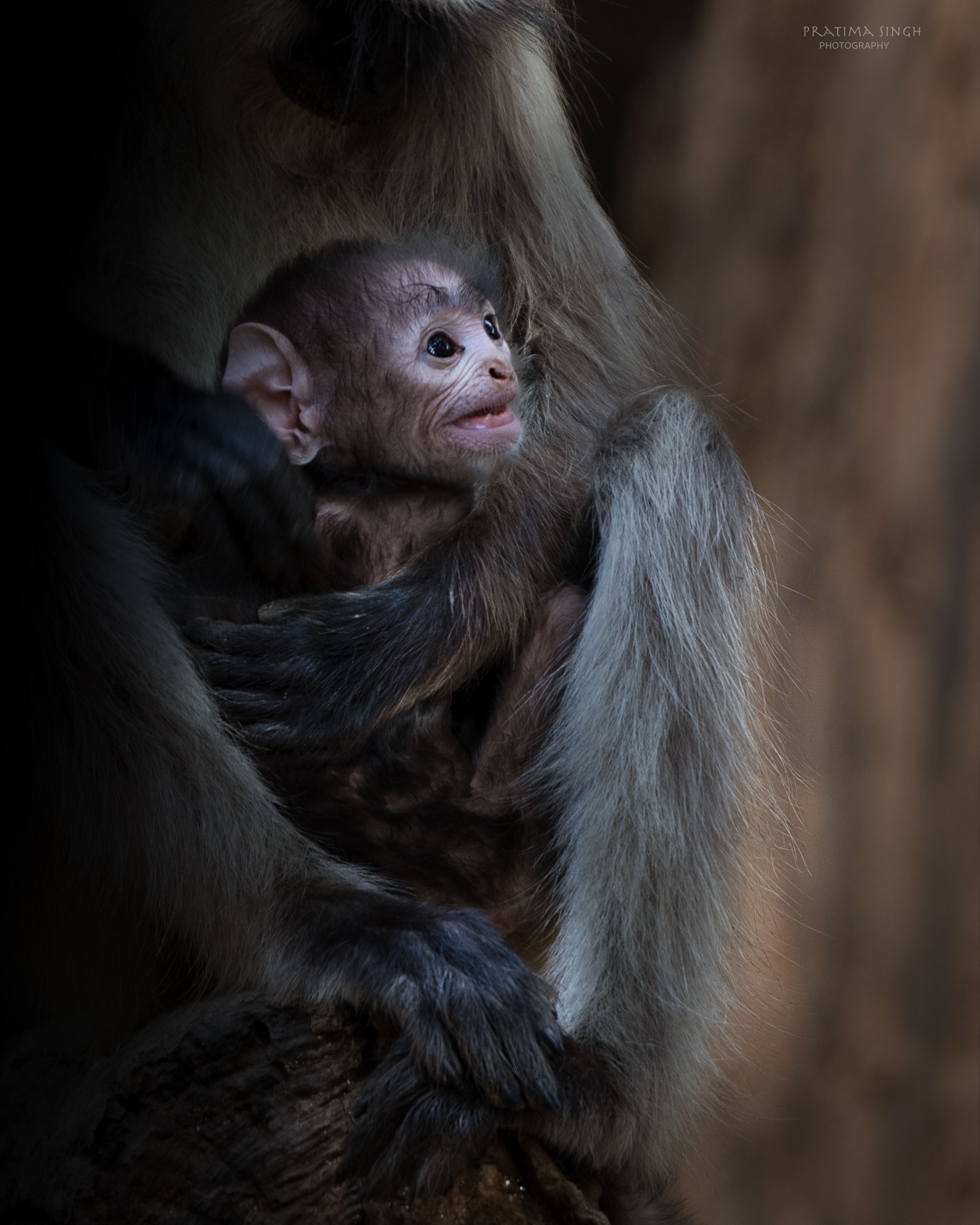
How do you describe your journey as a photographer and a person?
As a female wildlife photographer and a mother, I had to face major challenges in leaving my kids back home while I traveled and going alone into the forest. Earlier I had never left kids behind while I traveled. It was difficult for me, like for every mother but with the help of my supportive husband, who took time off and shouldered all the responsibilities, and my parents, who stayed with the kids, everything worked out well. Now, my son feels proud that his mom is a wildlife photographer, and things are going great.
Secondly, I live in India and for female wildlife photographers going alone into the forest can be a daunting and challenging experience. Initially I was also scared to go alone, was concerned about safety and other practical limitations, my parents and my husband have always been very supportive of me, and have always motivated me a lot, seeing the support and faith of the family, I also used to get confidence. However, I found all forests are safe and people are so helpful.
I would like to encourage all the women and girls who are hesitant to pursue wildlife photography as a hobby, passion, or career, don’t be hesitant, follow your dreams, rest will come your way, while it may seem daunting at first, but trust me it is not. Don’t let anyone discourage you or tell you that it’s too difficult or not for you. You have the talent and potential to achieve great things in this field.
In addition to my journey, it is beautiful and magical, waking up early in the morning and heading out to capture images during the blue hour and golden hour is a wonderful experience. The magical light of the woods and the beauty of the natural environment is truly inspiring; however, Nature and animal behaviour are unpredictable, and it is challenging to capture the perfect shot. Often, I have to wait for a long hour, to get the perfect shot, patience is the key. so, it’s important to be patient and wait for the perfect shot. but it’s all worth it when you finally get that amazing shot.


What is your view on Nature Conservation? How can we, as wildlife photographers, help to protect our Mother Nature?
The world we live in is full of wonders, and every creature and species has its unique beauty. I have always been drawn to the beauty of the incredible diversity of wildlife that exists on our planet. Whether it’s the majesty of a roaring tigers, the colourful feathers of a bird or the intricate patterns on a butterfly’s wings, I am saddened each time I hear about poaching, senseless killing of animals for their tusks, horns, or other body parts and the impact of human carelessness, and when i see chopping of trees for building, bridge construction. Deforestation is not good for ecosystem, human activities, such as pollution, , and climate change, can disrupt the balance of ecosystems, leading to their degradation and loss. Wildlife conservation is essential for maintaining biodiversity and ecological balance. As wildlife photographers, we can not only think just as a photographer, but also as a conversationalist, a storyteller, researchers and as a journalist, We can use our photography power to communicate specific messages or emotions, share awareness on threats to the ecosystem and highlight the importance of protecting our mother Earth. Research published on Science Direct has shown that people are more likely to remember pictures in more detail than they are words. This makes photography an incredibly powerful tool for raising awareness and inspiring an emotional response among your audience.
Wildlife photographers can play a significant role in wildlife conservation by using their skills and passion to raise awareness and inspire action. Here are some ways in which wildlife photographers can help protect our mother nature.
Educate people about wildlife and conservation: Wildlife photographers can use their photos to tell stories about wildlife and the importance of conservation. They can share their photos on social media, create educational materials, and give presentations to schools, universities, and other organizations. Support conservation organizations: Photographers can support conservation organizations by donating their photos or volunteering their time and expertise.
They can also participate in fundraising events to support wildlife conservation. Ethical photography: Tourists and photographers should follow ethical photography practices, such as not disturbing or harassing animals, respecting their natural behaviour, follow all the rules and regulations. Future generations deserve a world with wild places to explore and wildlife to discover. It is our responsibility to protect these resources and ensure that they are available for generations to come.

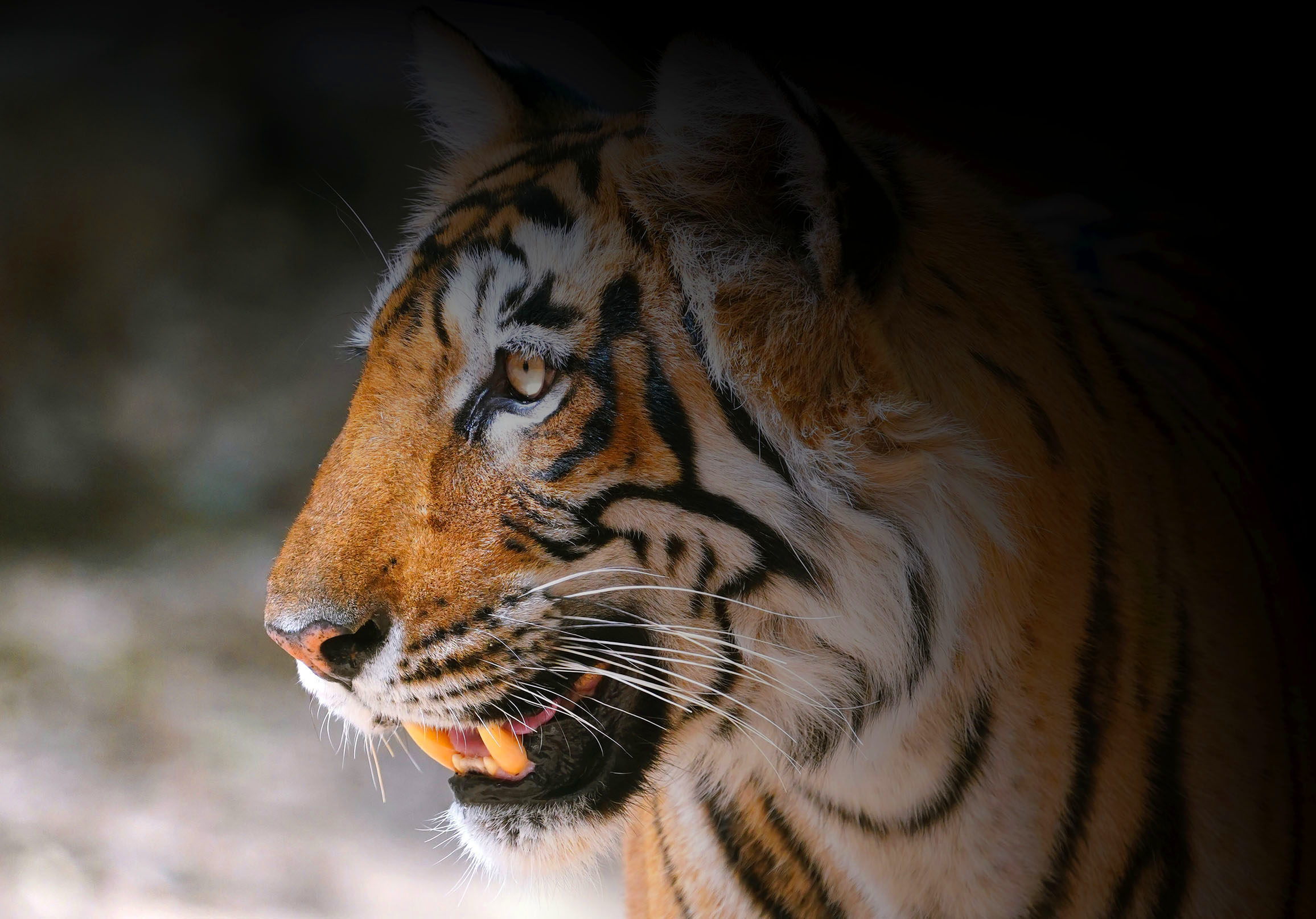
Can you give our readers the best nature photography tips? Do you have any recommendations on settings or gear for wildlife photography?
Light and composition are the key for me in wildlife Photography whether it is rim light, spotlight, side lit, back lit, early morning and late afternoon which is also called golden hours, blue hour. It can greatly affect the quality of your images. Good lighting can help bring out the colors and details of your subject. Different types of lighting can create different moods and emotions in your images, and it’s essential to know how to work with different types of lighting conditions to create impactful images. Golden hour is a magical time for wildlife Photography and this light is warmer, with lots of yellows, oranges and reds. Arrive early at your location, adjust your white balance to capture the warm colours of the light. Golden hour is a great time to experiment with different compositions and angles. Try out different perspectives to add interest to your shots, and again you have to be patient. The light can change quickly during this hour so be patient and wait for the perfect moment to capture your shot. Take your time and be prepared to wait for the right light and composition to come together.
Composition is also crucial in wildlife photography, The way you frame and compose your shot can greatly a “ect the impact and visual appeal of your image. Avoid cluttering the background to draw attention to you subject, use rule of third (three sections vertically, and three sections horizontally) place the main subject or point of interest on one of the four points where the lines intersect, rather than in the centre of the frame. It can be applied both vertically and horizontally, so don’t be afraid to experiment with different orientations to see which works best for your subject. Make sure the background complements and doesn’t distract from the main subject. Watch head turn, catch light etc.
In addition to this nature and Wildlife is unpredictable, so it is essential to understand animal or subject behaviour, do some research on the animals you are going to shoot, Learn about their behaviour patterns, social structures and habitats. This will help you predict their movements and behaviour. Anticipate action, like what animal is going to do next, something interesting such as changes in body posture or vocalisations. Be ready to capture the action as it happens.
Watch for interactions, they interact with each other in complex and fascinating ways. Look for social behaviour such as hunting, or parenting. These moments can make for powerful and emotional images. Animals move quickly, so it’s important to use a fast shutter speed to freeze their motion and capture sharp images. And a very important thing is to always respect animals and their habitat, remember that you are a guest in the animal’s habitat. Keep a safe distance from the animals and do not interfere with their behaviour or disrupt their natural environment. It is our responsibility to take care of the forest by following the rules and regulations.

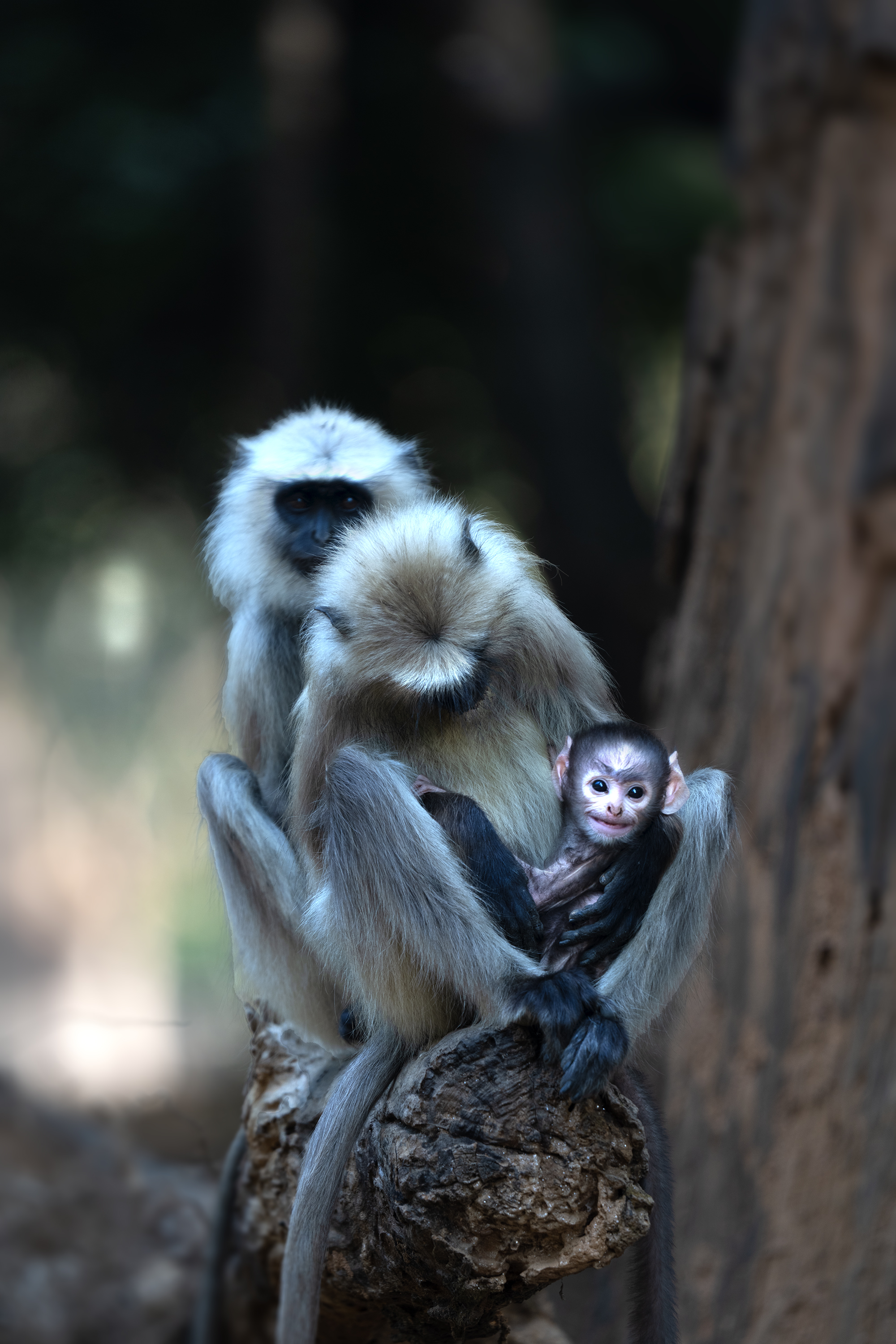
What plans do you have in the future related to nature photography?
I would like to grow as a wildlife photography mentor, so that I can pass on my knowledge and promote awareness and conservation of wildlife and their habitats to others. As I believe, this skill is not just a skill, but also a power in your hand to change the perspective of the world. I would also like to support conservation societies and protect wildlife and their habitats.
Additionally, as we know, wildlife photography is a male-dominated career with fewer women in the field. I would like to encourage all women and girls who are hesitant to pursue wildlife photography as a hobby, passion, or career.


Tell us something about the gears you use?
I use the Sony Alpha 1, which is an excellent camera for action, sports, and wildlife photography. Its Animal Eye Autofocus is highly accurate and reliable, making it easier to capture sharp images of fast-moving subjects. The 50 fps feature is extremely impressive for capturing a wide range of action shots.
I mostly use a “ 200-600mm f5.6-6.3 G OSS “ lens for zoom shots and a 70- 200mm lens for habitat shots. Both lenses are highly capable, with features like fast and silent autofocus that are essential for capturing fast-moving subjects in action photography. The animal eye autofocus system with blazing speed is also highly accurate and reliable, ensuring that I can take sharp images every time. Another favourite feature of mine is the zero change in length of lenses while zooming.
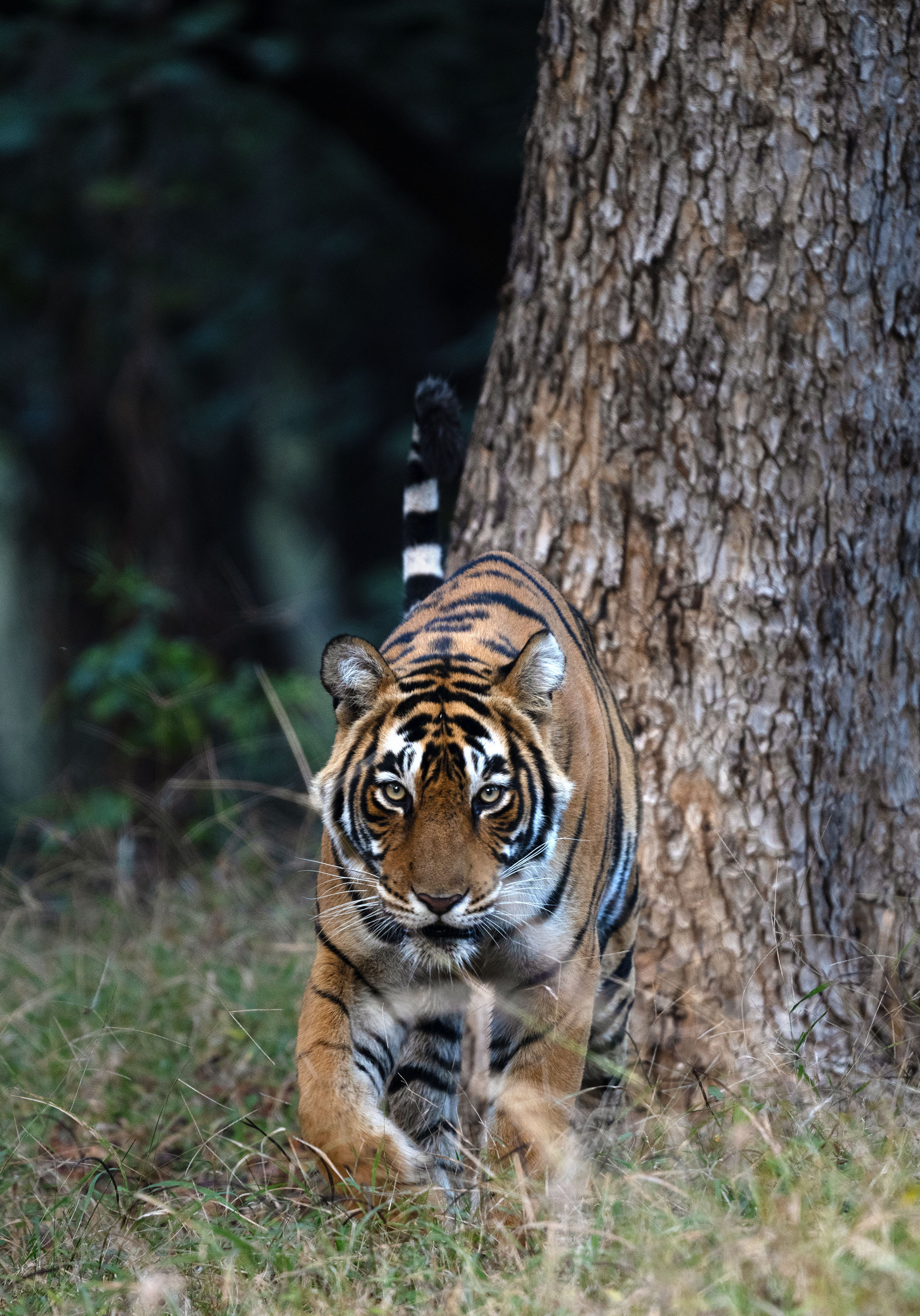
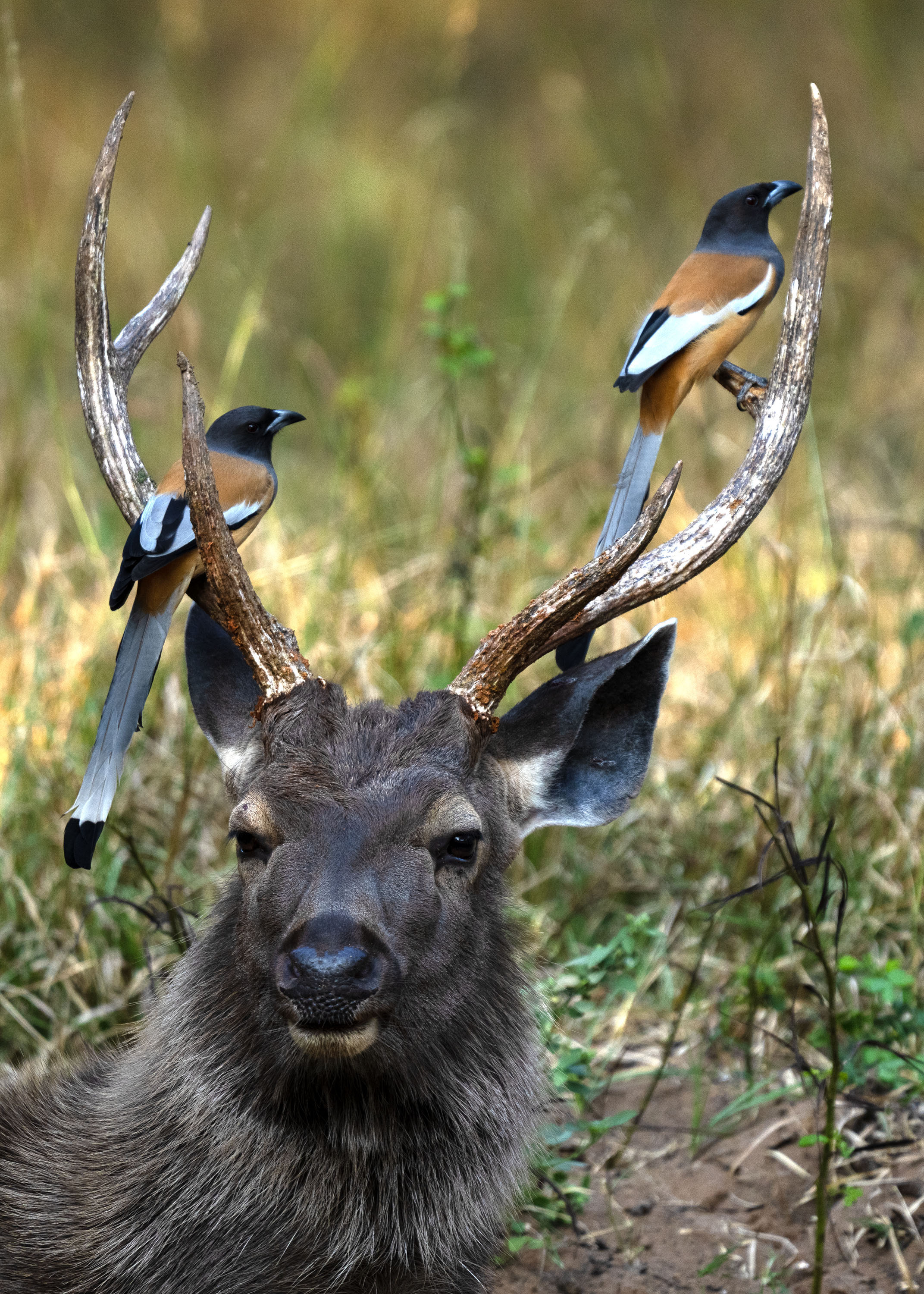



Pratima Singh is a wildlife photographer, admirer of nature and a proud mother. She hails from the northern part of India and is settled in Bangalore. At the beginning of her career, she did Master of Business Administration in Human Resource Management and post that worked in the corporate world. She then realised that her...
By Ata Hassanzadeh Dastforoush | Photos by Ata Hassanzadeh Dastforoush
PT Explorers 5 Minutes read
ReadEmail: email@pawstrails.com